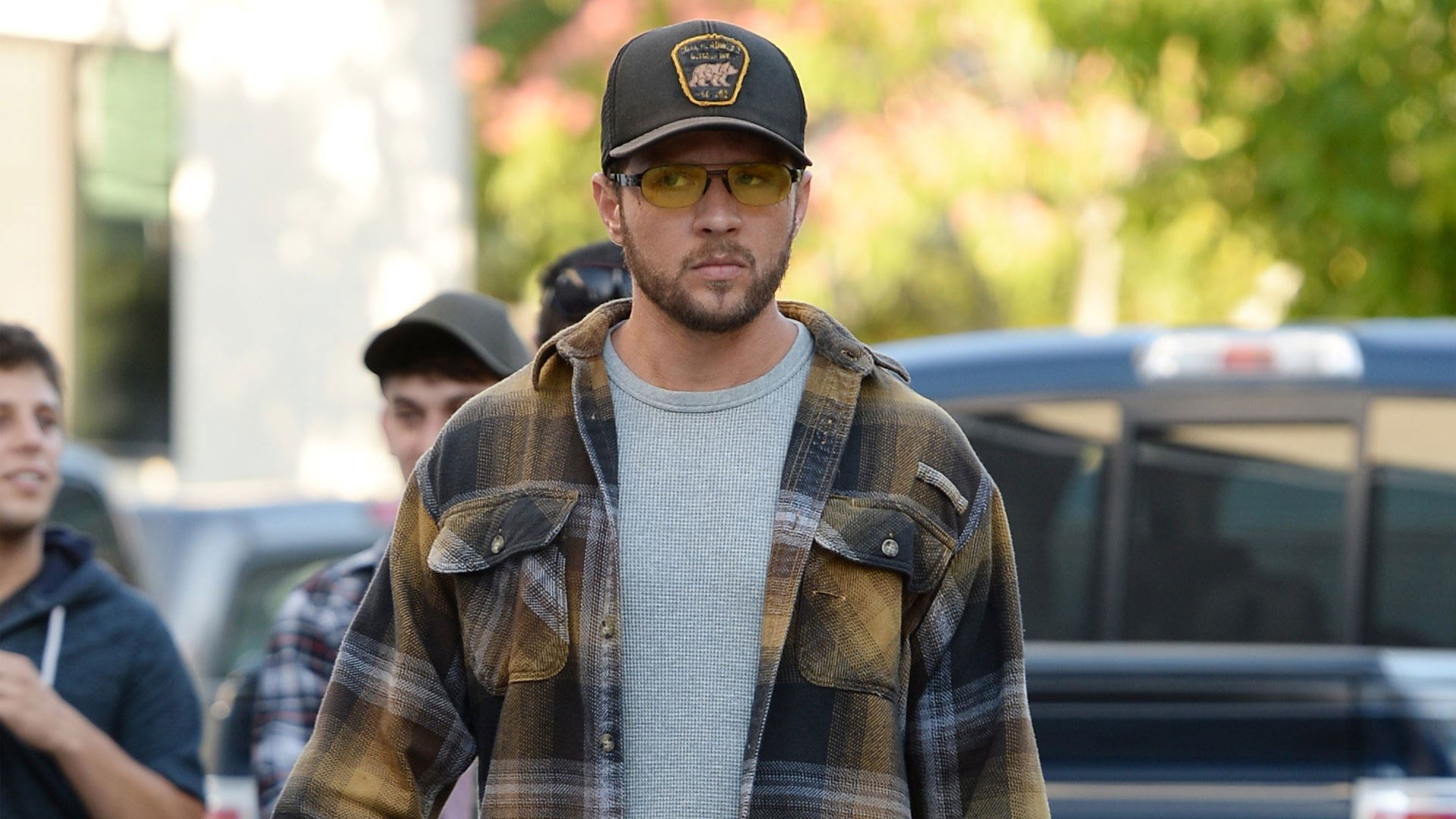
By the end of the game, however, Isaac will have wriggled through dozens of these tubes almost without incident, making the trips mere first-person annoyances. In an early sequence, Isaac crawls through a narrow tunnel, unable to defend himself, and it's stressful and threatening. The repetition and failure to allow enough time between encounters also tends to nullify the cheap scares that are the bread and butter of the Dead Space games.ĭead Space 2 repeats itself outside of battle as well. An occasional, but painful, tendency to telegraph upcoming fights (including the old groaner, creepy violin music) only adds to the sense of environmental mastery. I learned early on to look for the enemy behind me or even lay traps against that inevitable attack. Also, because the number of enemy encounters exceeds Visceral's creative capacity, Dead Space 2 constantly repeats itself, contributing to the player's sense of mastery and empowerment. Players get so much practice at the combat that by the end of the game they are too competent for the game's enemies to inspire any fear.
#Betrayal at krondor isaac full#
Dead Space 2 exacerbates the problem by being too long and too full of encounters. The relative strength of the weapons and reduced demand for precision makes the player more powerful in the context of the game, diminishing its ability to inspire fear in combat. The solid controls allow for a great deal of precision, but the design doesn't always demand that anymore. The most tactically demanding necromorphs are either neutered by the new weapons or, like the Divider, are largely absent. Some of the new enemies, especially the swarming Pack, outright encourage the player to approach the game as a traditional shooter. Careful aiming is still important, but a proliferation of explosive weapons and area-of-effect options means it's no longer essential. The adventure was strongly tailored for the character, even though it didn't provide much insight into him.Īlthough Isaac speaks now, Dead Space 2 retreats from those values.

That emphasis was complemented by Isaac's physics-based abilities, his arsenal built from repurposed futuristic power tools, and a storyline that required him to fix the badly-damaged Ishimura in order to progress. Combat in Dead Space therefore demanded great precision under pressure. The necromorphs of Dead Space, unimpressed by headshots and practically immune to body blows, could only be injured by accurate shots on the limbs, however, and the game's restrictive inventory system put ammo at a premium. Resident Evil 4's relative abundance of ammo and powerful weapons turned it into less of a horror game than a horror-themed take on a traditional ammo-spewing shooter. What separated Dead Space from its influences, aside from the space setting, was that it was informed by an engineer's values. Both it and its sequel owe a large and obvious debt to Resident Evil 4- too obvious, in some places. This matters because, despite his silence and seeming lack of personality, Isaac Clarke defined Dead Space. Isaac Clarke isn't a space marine he's an engineer, and it feels right to have him MacGyver a gun out of a flashlight and a surgical tool. It's a near-perfect way to (re)introduce the character and his primary capabilities. He stumbles through a medical section, jury-rigging his basic tools from components of the medical equipment around him. The game kicks off strongly, with Isaac trapped in a straitjacket and forced to run from a sudden attack of necromorphs. Dead Space 2 begins in desperate flight from these monsters, but to its detriment it becomes a game where the player eventually dominates them. Three years after his harrowing experience with the necromorphs aboard the starship Ishimura in the original Dead Space, Isaac Clarke awakens on Titan Station just in time to experience another outbreak. WTF Why don't they just lock Clarke out of the maintenance tunnels?



HIGH The desperate and well-conceived opening moments of the game.


 0 kommentar(er)
0 kommentar(er)
